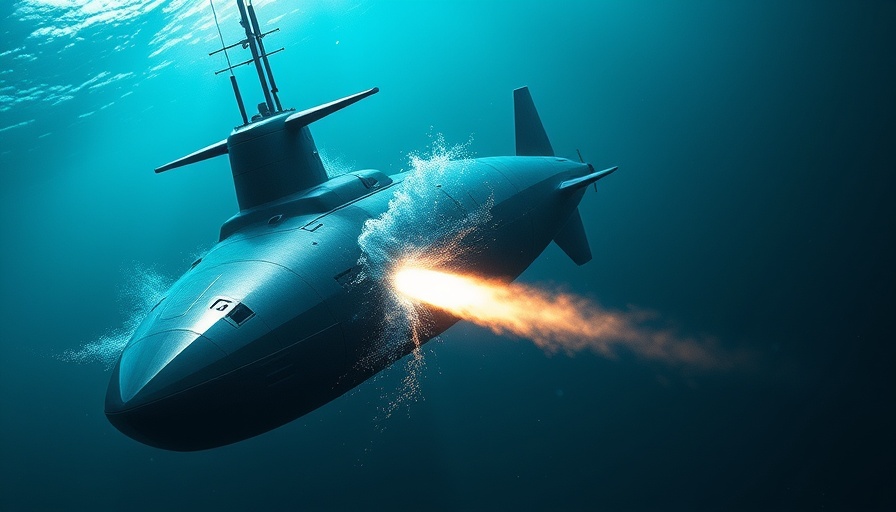
The Future of Naval Defense: Lockheed Martin and Navantia Join Forces
The recent announcement of the collaboration between Lockheed Martin and Navantia marks a significant milestone in the development of the F-110 frigate program. This new-class response to modern naval warfare reflects strategic advancements and multinational cooperation, highlighting the importance of innovation in maritime defense.
Historical Context: The Evolution of Frigate Technology
The evolution of frigate technology has been one of the most transformative aspects of naval warfare. From the steam-powered ships of the 19th century to the technologically advanced vessels we see today, the context of military needs has always driven innovation. The F-110 design, which integrates cutting-edge technology with historical advancements, serves as a testament to how far naval engineering has come.
Why This Milestone Matters to Global Security
This partnership signifies not just a technological achievement but also a strengthening of alliances in international defense. As global threats evolve, so too must the responses from our naval forces. Enhanced frigate capabilities can aid in countering piracy, humanitarian missions, and addressing geopolitical tensions. It’s not just about shipbuilding; it’s about securing peace on the seas.
Distinct Advantages Offered by the F-110 Frigate Program
The F-110 frigates are poised to offer several advantages thanks to their advanced design and technological specifications. With integrated naval systems developed for modern warfare, these ships are equipped for enhanced radar capability, advanced weaponry, and improved stealth technology. This combination enables them to engage effectively in various operations, from anti-submarine warfare to surface combat.
Future Predictions: The Role of Advanced Frigates in Tomorrow's Navy
As naval threats become increasingly sophisticated, the role of advanced frigates is expected to expand. The F-110 may set a new standard, combining flexibility and power required for multifunctional missions. Countries may follow suit, looking to adopt similar vessels to modernize their fleets. This trend towards more versatile naval vessels signals a shift in military strategy towards adaptability and readiness.
Understanding the Collaboration: Insights on Lockheed Martin and Navantia
Lockheed Martin’s expertise in advanced sea power technology paired with Navantia’s vast experience in shipbuilding creates a partnership geared towards revolutionizing naval construction. This collaboration showcases how complementary skills in design and engineering can yield innovative outcomes—a key factor in remaining competitive within the global defense market.
Enhancing National Security Through International Cooperation
The collaboration not only places technology at its core but emphasizes the need for international partnerships to address global security challenges. The integration of defense systems expands the operational capabilities of allied navies and fosters a spirit of shared responsibility among nations in protecting international waters.
Potential Challenges: Navigating Geopolitical Tensions
While the advancements are promising, challenges remain. Geopolitical tensions can complicate multinational defense projects, and the defense sector must balance innovation with collaboration. Ensuring transparency, trust, and mutual benefit in partnerships will be critical for sustained progress in naval defense initiatives like the F-110 program.
This collaboration between Lockheed Martin and Navantia is testing waters with future naval innovations, proving that as technology grows, so must our methods of collaboration. Embracing this dynamic shift in naval design holds the promise of not just better ships, but also a commitment to global safety. As we look towards the future, fostering such partnerships will be essential in meeting the demands of modern warfare.
 Add Row
Add Row  Add
Add 




Write A Comment